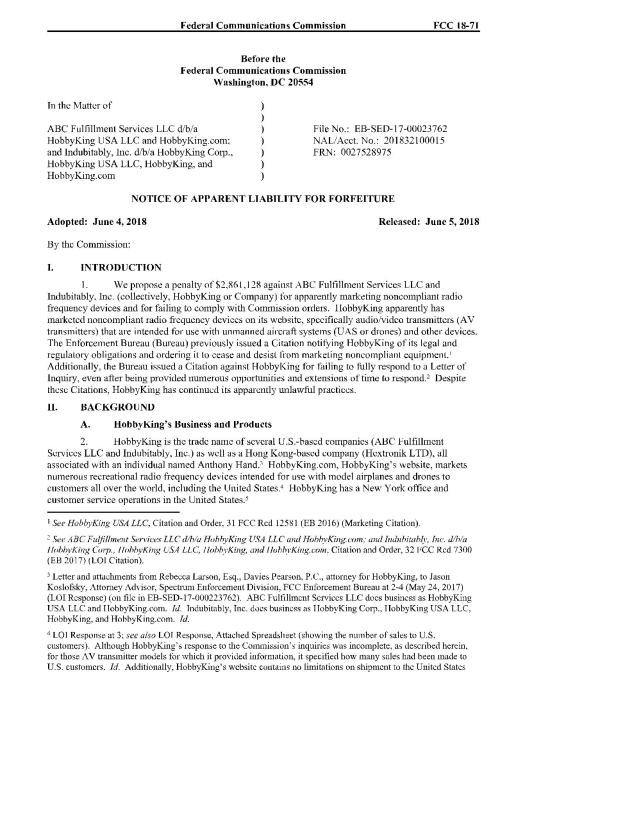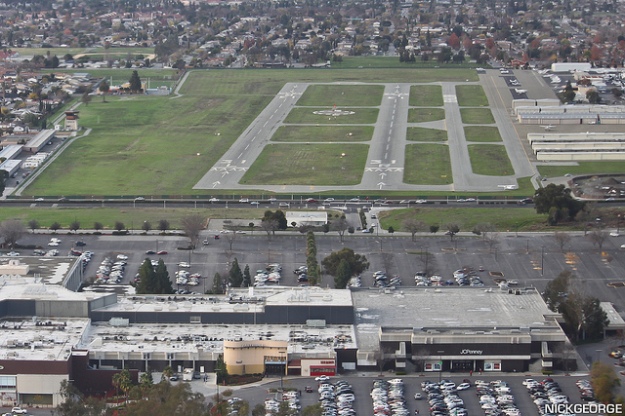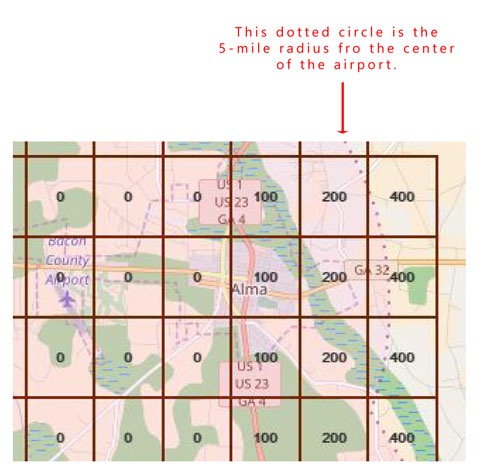“Researchers at the University of Dayton Research Institute are showing what can happen when a small drone strikes the wing of an aircraft. The team mimicked a collision between a 2.1-pound DJI Phantom 2 quadcopter and a Mooney M20 aircraft.
Video shows the drone ripping through the plane’s wing in conditions that simulate a crash taking place at 238 miles per hour.” (CNBC, October 17, 2018. Plus every press member of the echo chamber).
Here’s what they really demonstrated:
A 2 pound mass moving at 238MPH will damage thin aluminum.
There are many things wrong with this “test”. Most significant is that the test was not done in real-world conditions. Practically no aircraft will be traveling at 238 MPH at the altitudes populated with most drone activity. Next, this was not done in a wind tunnel with air flowing over the wing. The fluid dynamics of the air moving over the wing would have certainly dissipated the impact energy.
And, why a Mooney wing? The Mooney was designed to be light and fast. The light design called for thinner aluminum compared to an airliner for the wing skin. Also, fewer wing ribs.
The only purpose of this “test” was to provide drone mania with a poorly designed demonstration. They started with a conclusion and designed “data” to substantiate it. Conveniently ignoring that in the millions of hours of flight of these small personal drones, there is not a single verified collision of a personal drone and manned aircraft resembling the scenario in this demonstration.
This is what we in the rational world call “Fear Mongering”.
Keep the risk of personal drones in perspective.
I am not in the least opposed to making owners of these small aircraft operate them safely, but personal drones are just not the menace that the news and general public want them to be.
Today (if this is an average day):
1560 people will die from Cancer
268 people in US hospitals will die because of medical mistakes.
162 people will be wounded by firearms in the US.
117 Americans will die in an automobile accident.
98 people in the US will die from the flu.
53 people will kill themselves with a firearm.
46 children will suffer eye injuries.
37 will die from AIDS.
30 people will die in gun-related murders.
18 pilots will report a Laser Incident
3 General Aviation airplanes will crash in the US.
0 people will be seriously injured or killed by a small drone accident.*
Zero is a safety record that any other segment of aviation would be jealous to have.
The panic, here, is completely out of any sort of proportion to reality.
Small UAVs do not pose any significant risk to anyone. “Dangerous” and “invasion of privacy” concerns are ridiculous, driven by paranoia borne of ignorance. Where’s the blood and mayhem to justify the perception that small personal drones are a threat to public safety?
* A band-aid is not a serious injury. CFR 49 §830.2 contains the definition of “Serious Injury” that the FAA and NTSB use in their aircraft and vehicle accident statistics. It is important to hold small UAS accidents to the same metric, otherwise comparisons are meaningless.






